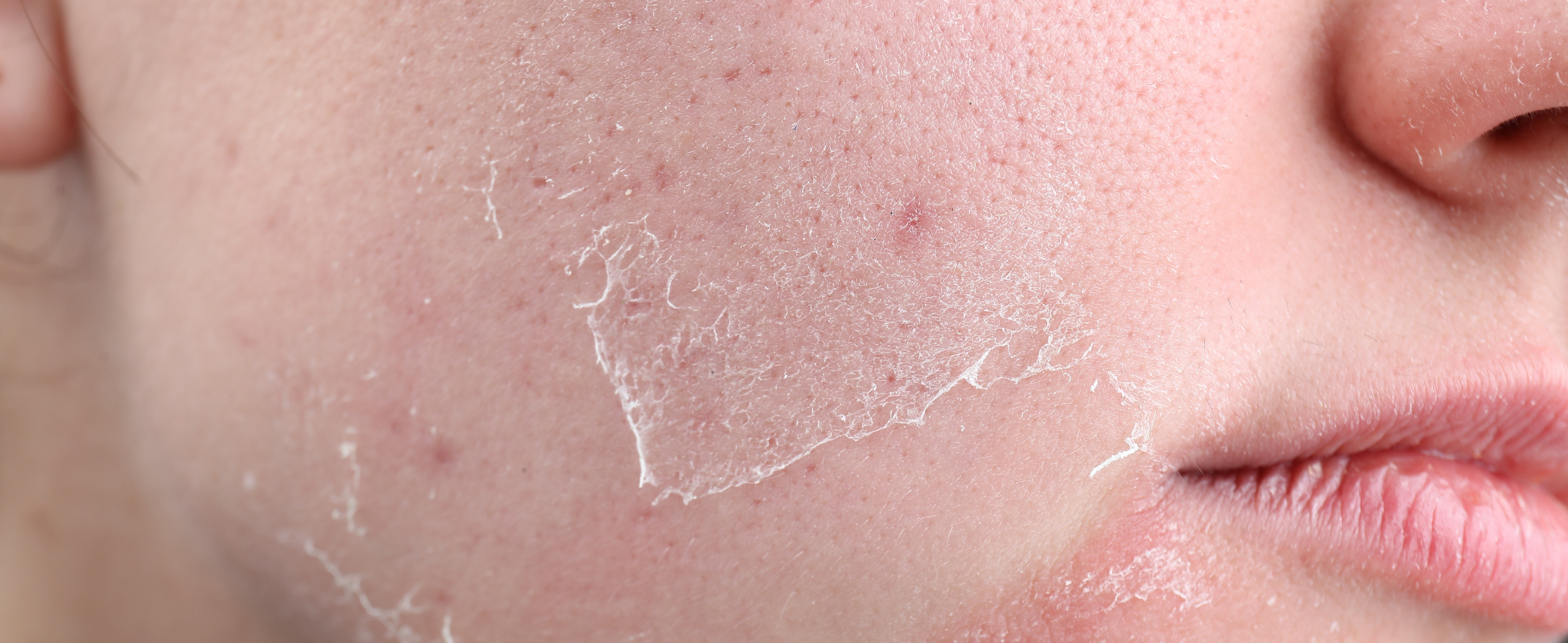Melasma is a common skin condition that causes dark, discolored patches to appear on the skin—most often on the face. It’s not harmful or painful, but it can affect your confidence and self-esteem. Understanding melasma’s causes, symptoms, and treatment options is the first step to managing it effectively.
Whether you’ve just started noticing dark patches on your cheeks or you’ve been dealing with uneven skin tone for years, this guide will help you understand melasma—and what you can do about it.
What Is Melasma?
Melasma is a type of hyperpigmentation that presents as brown or gray-brown patches, typically on the:
- Cheeks
- Forehead
- Bridge of the nose
- Upper lip
- Chin
It’s more common in women—especially those with medium to dark skin tones—and is often triggered by hormonal changes and sun exposure.
Melasma is sometimes referred to as “the mask of pregnancy” because it frequently occurs in pregnant women due to shifting hormones.
What Causes Melasma?
Melasma is caused by an overproduction of melanin, the pigment that gives your skin its color. The exact cause isn’t always clear, but several known triggers include:
1. Hormonal changes
- Pregnancy, birth control pills, and hormone replacement therapy can all lead to melasma.
- Estrogen and progesterone can stimulate melanin production in the skin.
2. Sun exposure
- Ultraviolet (UV) rays from the sun increase melanin production, which can worsen melasma or trigger flare-ups.
- Even small amounts of sun exposure without protection can make melasma more visible.
3. Genetics
-
If a close family member has melasma, you may be more likely to develop it too.
4. Skin irritation
-
Harsh skincare products, certain cosmetic treatments, or friction (like frequent face shaving or waxing) may trigger melasma in sensitive skin.
Symptoms of Melasma
Melasma doesn’t cause any physical symptoms like itching or pain. Instead, the main sign is flat, dark patches on the skin. These patches:
- Are usually symmetrical (appear similarly on both sides of the face)
- Can vary in size and shape
- Range in color from light brown to dark gray-brown
- May appear gradually and become more noticeable with sun exposure
Melasma is most commonly seen on the face, but it can also appear on the neck, forearms, and other sun-exposed areas.
How to Treat Melasma Effectively
Melasma can be stubborn, but there are both at-home and professional treatments that may help reduce its appearance. The key is patience—most treatments take several weeks or months to show results.
1. Sun Protection (Most Important Step!)
The single most effective way to manage melasma is to protect your skin from the sun:
- Use a broad-spectrum sunscreen with SPF 30 or higher daily (even on cloudy days).
- Reapply sunscreen every two hours if you're outdoors.
- Wear wide-brimmed hats and avoid direct sun during peak hours (10 AM – 4 PM).
- Use physical sunscreens with zinc oxide or titanium dioxide for extra protection.
2. Topical Treatments
Dermatologists often recommend skincare products that help lighten the dark patches:
- Hydroquinone: A common skin-lightening ingredient that helps fade pigmentation. Available in both prescription and OTC forms.
- Azelaic acid: Gently exfoliates and helps fade melanin buildup.
- Tretinoin (Retin-A): Speeds up cell turnover and helps reduce pigmentation over time.
- Vitamin C: A powerful antioxidant that helps brighten and even skin tone.
- Kojic acid & Niacinamide: These ingredients reduce melanin production and calm inflammation.
Tip: Always introduce new products gradually and do a patch test to avoid irritation.
3. Chemical Peels
Mild chemical peels using glycolic acid, lactic acid, or trichloroacetic acid can help remove the top layer of pigmented skin. These treatments should only be done under the supervision of a professional to avoid over-irritating the skin.
4. Laser Treatments
For persistent melasma, laser and light-based therapies may be recommended. These include:
- Fractional lasers
- Q-switched lasers
- Intense pulsed light (IPL)
While effective, laser treatments are not for everyone. In some cases, they can make melasma worse, especially in deeper skin tones. Always consult a dermatologist before considering these options.
5. Oral Medications
In some cases, dermatologists may prescribe oral medications such as tranexamic acid, which has shown promise in reducing melasma by decreasing melanin production.
Can Melasma Go Away On Its Own?
Melasma can fade on its own—especially if it’s triggered by pregnancy or hormonal birth control, and those triggers are removed. However, for many people, melasma is a chronic condition that needs ongoing care and sun protection to manage.
Final Thoughts
Melasma might not pose a medical threat, but it can take a toll on your confidence. The good news? With a tailored skincare routine, sun protection, and professional guidance, you can significantly reduce the appearance of melasma and prevent it from getting worse.
If you’re struggling with stubborn patches, consider visiting a dermatologist. They can help you build a safe, effective plan to regain clear, even-toned skin.









